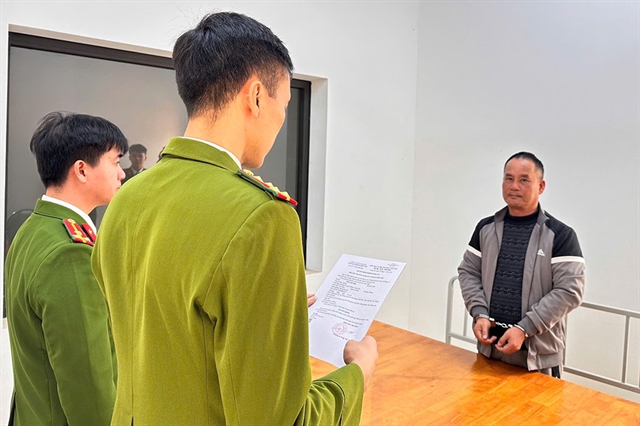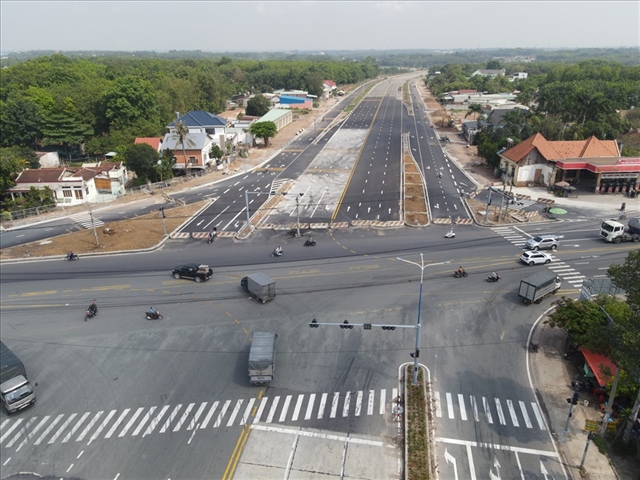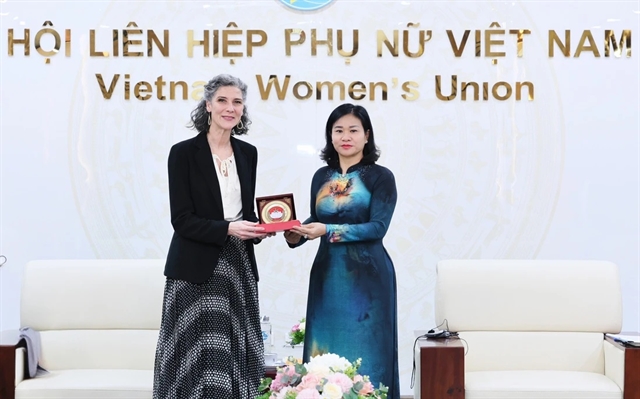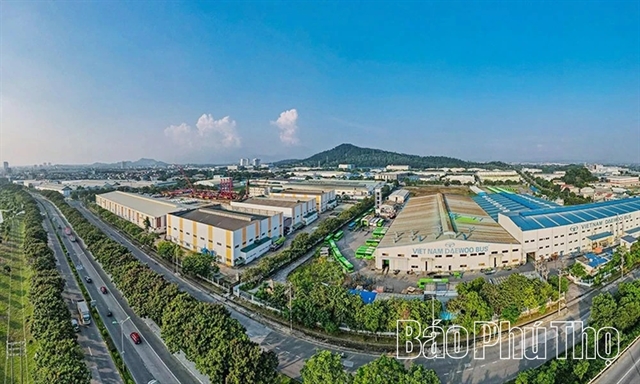 Economy
Economy

 |
The Mỹ Phước - Tân Vạn Expressway in Bình Dương Province, part of the Southern Key Economic Zone, is being widened and upgraded. Photo laodong.vn
HCM CITY — While transport infrastructure in HCM City and provinces in the Southern Key Economic Zone has improved over the years, connectivity remains modest, hampering development, experts say.
Besides the city the zone also includes the provinces of Bình Phước, Tây Ninh, Bình Dương, Đồng Nai, Bà Rịa-Vũng Tàu, Long An, and Tiền Giang.
It needs specially tailored policies and mechanisms to attract large amounts of foreign direct investment and improve linkages within the region to ensure sustainable development, the experts say.
It attracts a lot of FDI, in fact, half the entire amount coming into the country every year.
It also accounts for 45 per cent of the nation’s GDP, 42 per cent of the Government’s revenues and 40 per cent of exports.
But its technical and social infrastructure remains inadequate, and this keeps large FDI projects (of above US$100 million) away, they say.
The HCM City People’s Committee chairman, Phan Văn Mãi, said the Government had outstanding special mechanisms that helped the south-eastern region and the Southern Key Economic Zone maintain their leading positions in the social and science and technology arenas and play the role of a financial and logistics centre and the country’s largest international trade hub.
But there are still challenges that restrain the region’s development and economic growth.
The experts say transport is a “severe bottleneck” in the south-east, pointing out the Southern Key Economic Zone only has 91km of highways (11 per cent of the country’s total), Tân Sơn Nhất International Airport in HCM City is increasingly overloaded, and the Cái Mép-Thị Vải port terminal is currently operating well above capacity while a synchronous system of roads and railways leading to and from it is lacking.
The role of the steering committee and council of the region has not been properly fostered.
That the synchronous development of air, road, rail, and sea routes is only possible through close co-operation between the Government and local administrations is not a new idea but has to be thoroughly implemented, the experts say.
At the meeting recently Prime Minister Phạm Minh Chính stressed the need for a joint mechanism to manage the development of the south-eastern region and the Southern Key Economic Zone.
He pointed to the important strategic economic, political, defence, and security location of the region.
Speaking about the limitations plaguing it, he said a new development paradigm is needed with new guidelines, policies and mechanisms that meet the current requirements.
He suggested three strategic breakthrough moves covering infrastructure, especially transport, human resources and institutional and administrative reforms.
He called for continuing economic restructuring, stepping up regional connectivity, promoting science and technology and innovation, paying more attention to socio-cultural development, improving people’s material and spiritual lives, consolidating national defence and security, and focusing on the building and rectification of the Party and political system.
Experts agree that localities need to be proactive in seeking investment from a range of sources for developing intra-provincial and inter-regional transport systems given the Government’s resource constraints.
Bình Dương Province has, for example, sought investment from both within and outside in its infrastructure, becoming the first in the country to implement the build-operate-transfer model in transportation and achieve unexpected success.
Bình Dương plans to complete a number of key transport infrastructure projects this year and get others underway to maintain its leading position in attracting foreign investment and act as a springboard for recovery after the COVID-19 pandemic ends.
It is speeding up work to open the Bắc Tân Uyên - Phú Giáo - Đồng Phú Road to traffic this year. The 12.15km road is set to cost over VNĐ965 billion ($42 million) and will connect Phú Giáo and Bắc Tân Uyên districts in Bình Dương with Đồng Phú District in Bình Phước.
Bình Dương and Đồng Nai provinces started to build the Bạch Đằng 2 Bridge between them late last year at a cost of VNĐ980 billion ($42.6 million).
The 540m bridge over the Đồng Nai River will connect Tân Uyên Town in Bình Dương with Vĩnh Cửu District in Đồng Nai, and play an important role in the distribution of goods.
It is part of the growing transportation network in the Southern Key Economic Zone. — VNS




